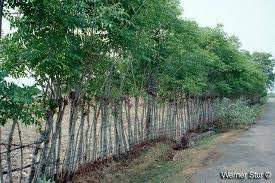
Sri Sai Forestry Gliricidia Sepium Tree Seeds for Fodder, Manure & Live Fencing
1% Off

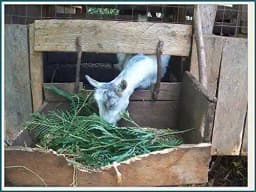
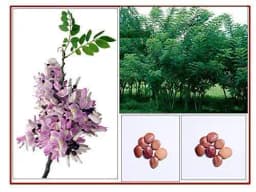
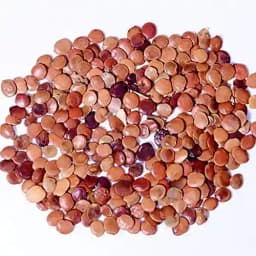
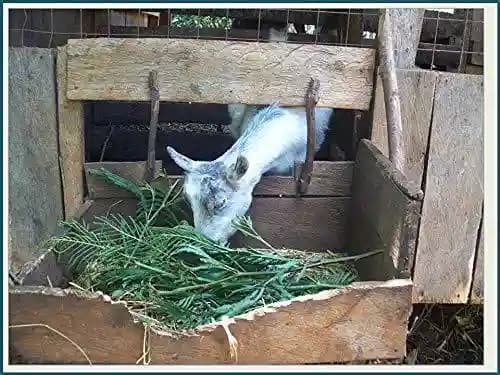
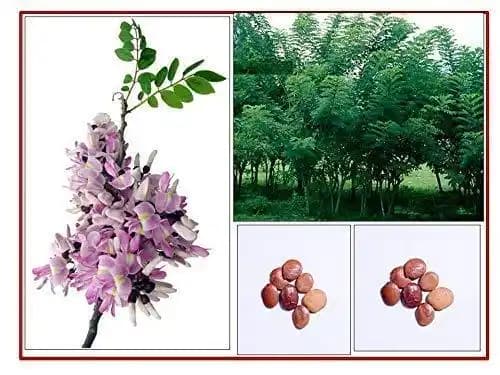

| Brand: | RK Nursery and Seeds |
| Product Code: | 2137 |
| Country of Origin: | India |
| Category: | Cattle & Bird Care |
| Sub Category: | Fodder Seed |
| Sub Sub Category: | Gliricidia |

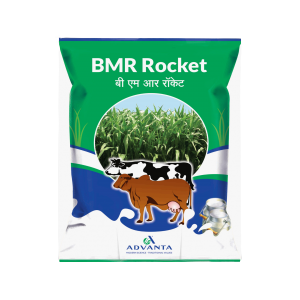



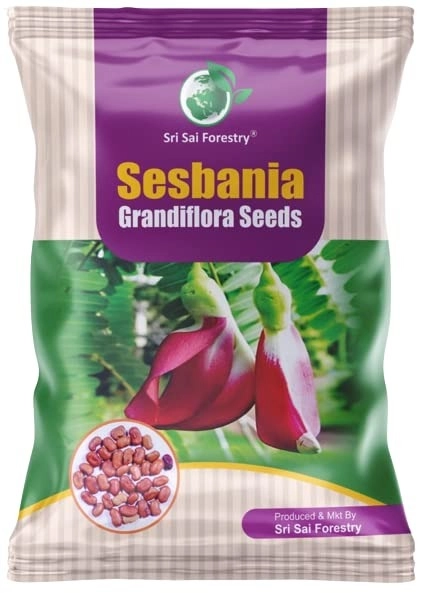

No reviews yet. Be the first to review this product!